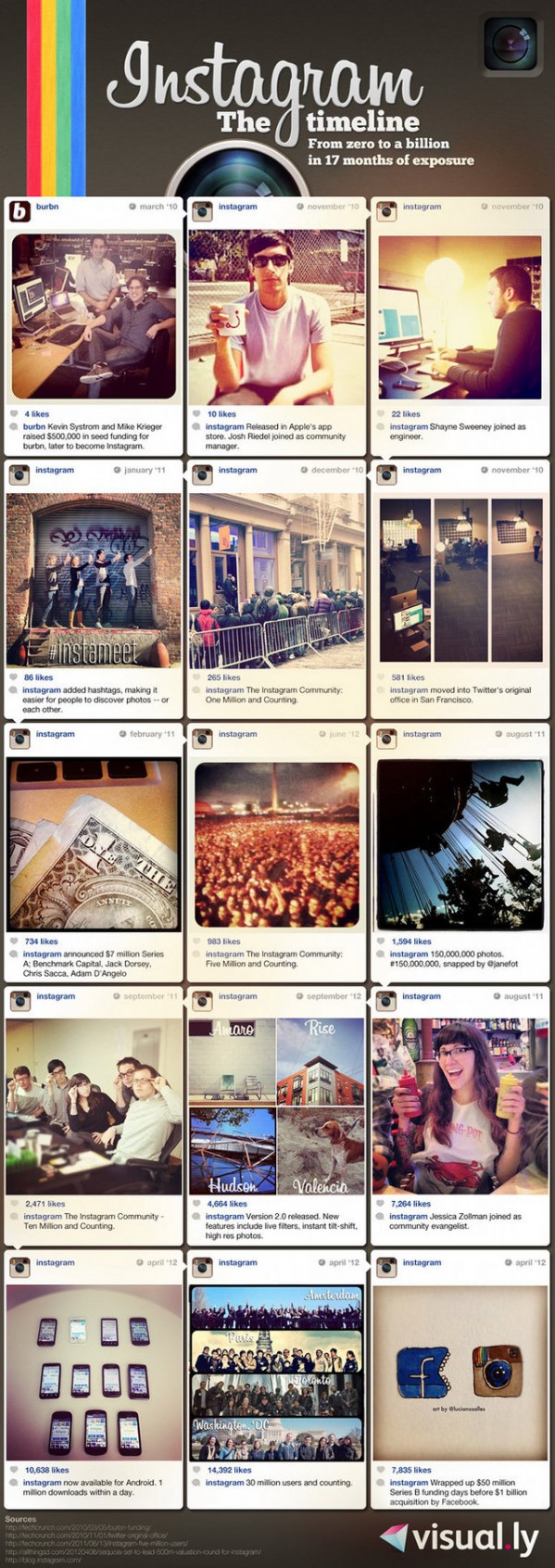Automating tech support and customer service with canned responses angering customers was not enough, some corporations and brand are considering a similar approach with… yes, social media
The following article from Jeremiah Owyang brings up new questions. Aren’t corporations learning from their past mistakes? Is it better to anger a large portion of your constituency or not respond to every question or post?
What has happened, as Jeremiah mentions, to customer service and tech support in the pre-social media era is likely to generate a substantial backlash and some brands and corporations are willing to take the chance.
That’s right, surprisingly. in the next phase of the social web, brands are applying analysis and digital intelligence to better reach us. Here’s how it’s gonna go down…
Companies are struggling to keep up with social media conversations, the growth in this channel has exploded, and will soon automate their responses, for better or for worse. Expect industries that have intense customer support woes like airlines like United Airlines and telecommunications like Comcast to be overwhelmed with angry customers spilling to social media sites to complain and demand fixes, and consumer companies like Coke, Pepsi, hospitality like Hyatt and Retailers like Best Buy to want to reach out and entice potential customers.
What does social media automation look like? First of all, recognize it’s a subset of Social Performance Software, which takes cues from existing optimized channels in text based chat bots you see on websites, automated IVR systems (ya know the automated phone systems you call for 1800 numbers) and optimization software we see in digital advertising targeting.
What? Bots in social media blasphemy you say? Before we light the torches and take to the pitchforks, we already know that reports suggest that 40% of social networking accounts are spam, (much from bots) so automatic technology in social isn’t anything new –it just hasn’t been formally introduced as a valid channel for corporations to use.
There are at least four types of Social Media Performance examples which we can expect, among them include:
- Content Publishing on Timer:
- Social Content Optimization
- Proactive Response
- Human-like Relationships
More details

